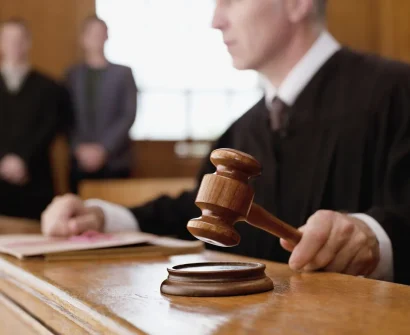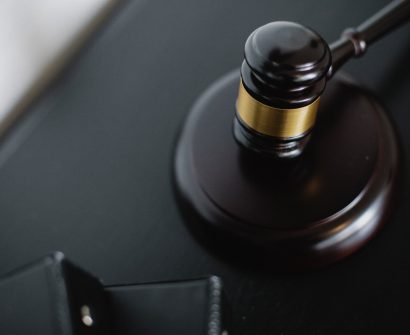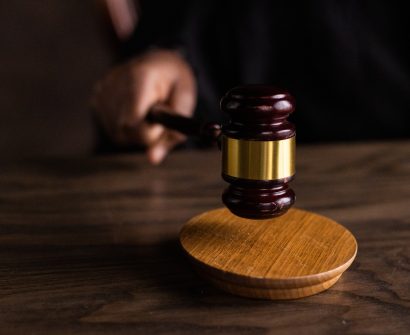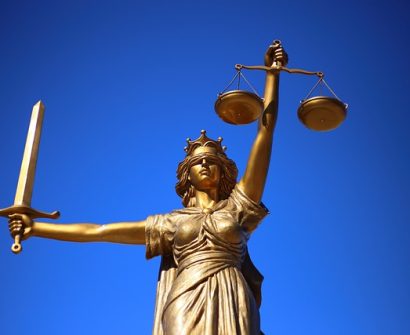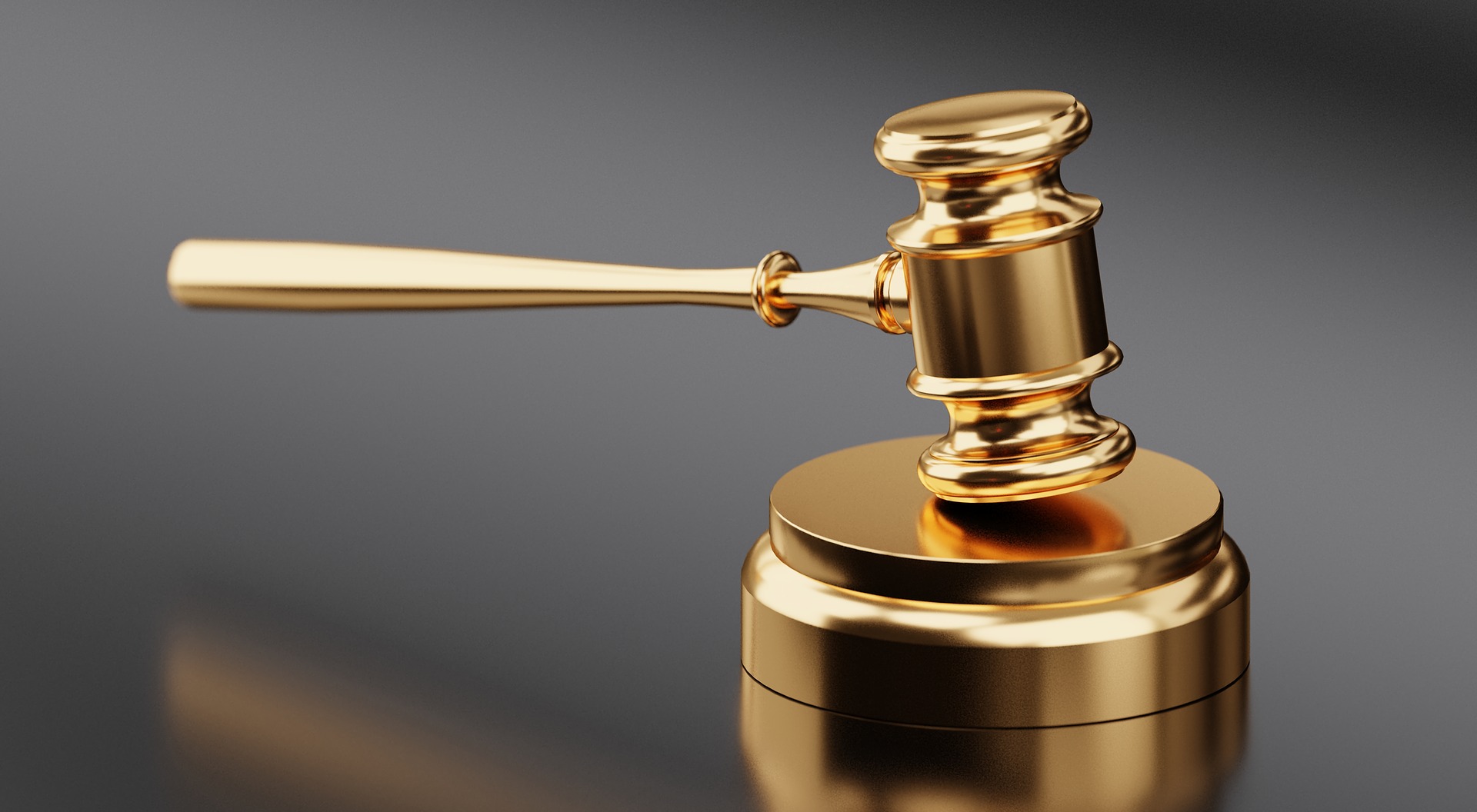
Civil wrongs have remedies that are governed by tort law. Whether done unintentionally or on purpose, a person is responsible for the wrongdoing. The payment of damages is used to compensate for the injured or harmed person.
Compensation for lost property, medical costs, disability due to physical or mental illness, mental anguish, and civil penalties to punish the wrongdoer are all examples of damage Except for commercial disputes, the majority of civil litigation claims are handled by tort law. The goal of tort law is to relieve victims of the wrongdoings of others by compensating them financially.
Preparing for judicial services ,judiciary coaching is one step away. Jyoti Judiciary provides you comprehensive study material, doubt clearing sessions, legal updates and current legal news with weekly test series and mains answer writing preparation. Hurry up, enroll now!
A tort might result in injury to the body or mind, property loss or damage, monetary loss, etc. Loss of current and prospective revenue is one example of a damage.The Court decides how much money will be awarded in damages. Through a court process, the damaged party will claim damages. Liability under tort law can result from negligence, willful inaction when there is a duty to act, or by breaking the law.Therefore, strict liability, intentional, and negligent torts are the three types under tort law. Accidents are regarded as torts for negligence. A common example of an intentional tort, or harm done to someone notwithstanding malice, is theft. Manufacturing or distribution of defective products subjects to strict liability for tort damages. Strict liability torts are those that do not focus on the mens rea of the wrongdoer. In a legal action concerning the tortious act, the person who committed the tort is known as the “tortfeasor” and would be the defendant.


